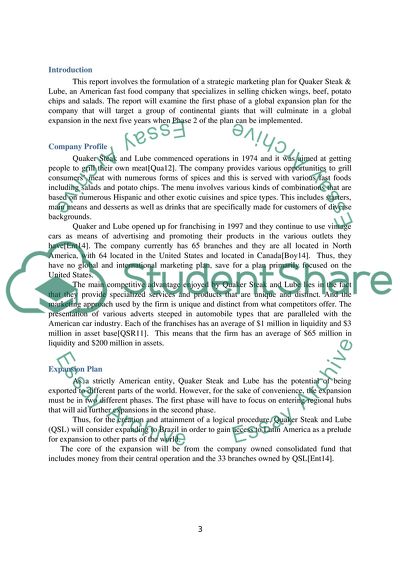Cite this document
(A Case of the Expansion of Quaker Steak and Lube Report, n.d.)
A Case of the Expansion of Quaker Steak and Lube Report. https://studentshare.org/marketing/1838046-entry-plan-into-international-market
A Case of the Expansion of Quaker Steak and Lube Report. https://studentshare.org/marketing/1838046-entry-plan-into-international-market
(A Case of the Expansion of Quaker Steak and Lube Report)
A Case of the Expansion of Quaker Steak and Lube Report. https://studentshare.org/marketing/1838046-entry-plan-into-international-market.
A Case of the Expansion of Quaker Steak and Lube Report. https://studentshare.org/marketing/1838046-entry-plan-into-international-market.
“A Case of the Expansion of Quaker Steak and Lube Report”. https://studentshare.org/marketing/1838046-entry-plan-into-international-market.


